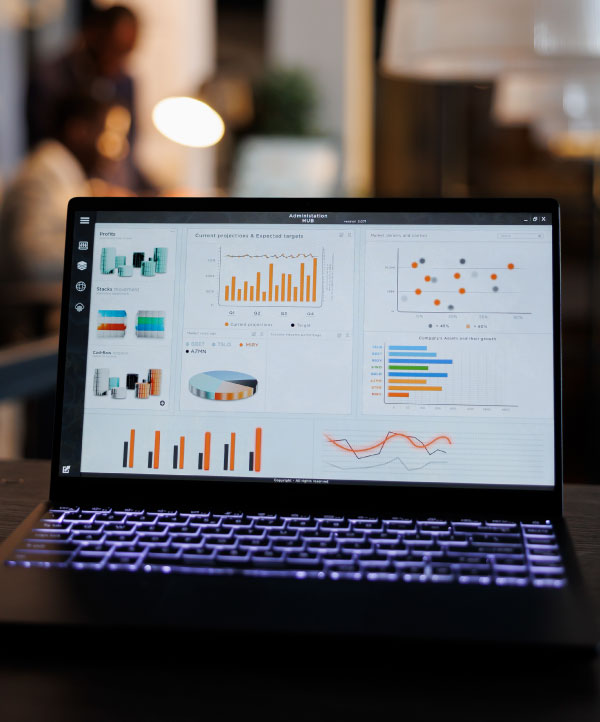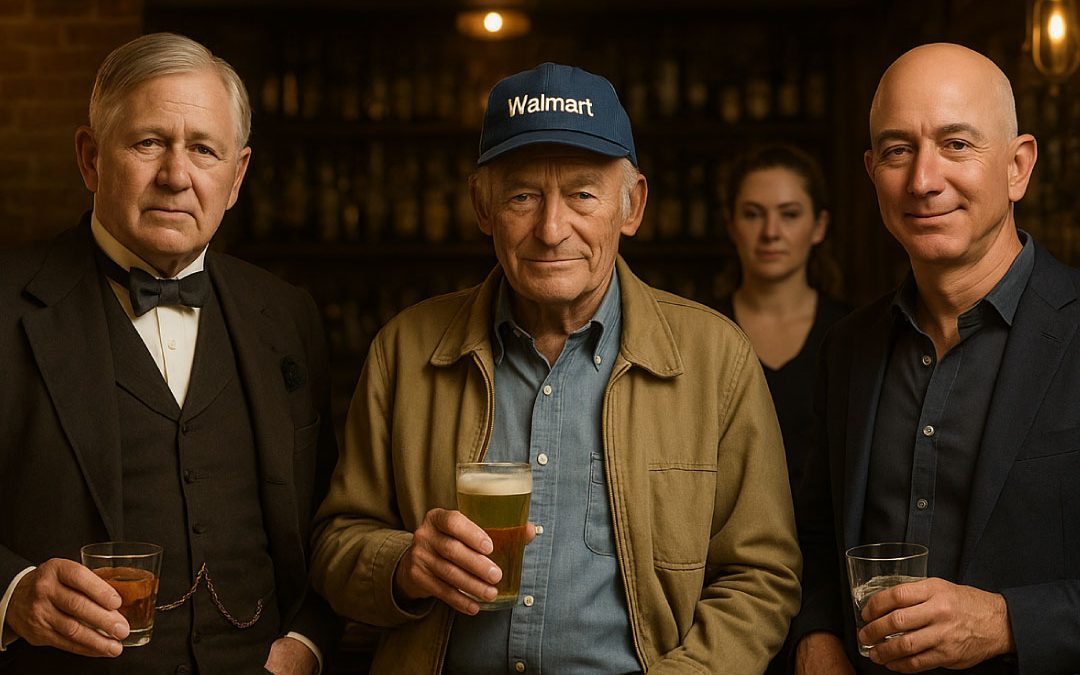
The Cookiepocalypse Is Here

The Cookiepocalypse Is Here
Are Your Measurement Tools Ready?
 By Rikki Marler
By Rikki MarlerIn case you missed it (or were hoping it would just go away): the cookiepocalypse is no longer coming—it’s already here.
With Google phasing out third-party cookies in Chrome, and Apple’s privacy-first stance now the industry norm, marketers are being forced to face a hard truth: the measurement infrastructure many brands rely on is crumbling. Attribution models built on fragile cookie trails and pixel data are rapidly becoming obsolete.
And yet, far too many marketing teams are still using pre-apocalypse tools to try and make post-cookie decisions.
The Cracks Are Already Showing
Let’s be honest: even before the cookiepocalypse, our measurement frameworks were… shaky at best. Clicks ≠ conversions. Last-click attribution ≠ actual influence.
And retargeting? Well, that’s getting more expensive and less effective by the day. The real issue now isn’t just that cookies are disappearing—it’s that marketers are clinging to flawed metrics and broken attribution. We’ve entered a new era, but we’re still using old maps.
What’s Broken: A Quick Rundown
- Cross-device behavior is impossible to track reliably
- Walled gardens (Meta, Amazon, TikTok) keep your data in silos
- Third-party data is vanishing, while user-level IDs are under attack
- Attribution models can’t explain what would’ve happened without the ad
In short: marketers are flying blind while still thinking they have 20/20 vision.

What You Need Instead: Incrementality, ML, and Standardized Measurement
This is where Pēq steps in. We don’t just help you survive the cookiepocalypse—we help you build a smarter measurement system that doesn’t depend on cookies, pixels, or patched-together dashboards.
Here’s what that looks like:
🧠 Incrementality-first measurement – Understand which marketing efforts truly drive new value, not just clicks.
📊 Geo-testing and synthetic control groups – No user-level data needed.
⚙️ ML-based attribution models – See lift and ROI without holdouts or tracking IDs.
🧩 Unified, standardized metrics – So your team finally stops arguing about what ROAS means.
The Bottom Line
Cookies were never great. They were just the best we had at the time. Now, better tools exist—if you’re willing to adopt them.
The brands that lean into incrementality, experiment with ML, and embrace standardized, privacy-resilient measurement frameworks will gain an edge as competitors scramble to rebuild their data stacks.
📬 Ready to ditch the duct-tape dashboards and move into the post-cookie era? Let’s talk.
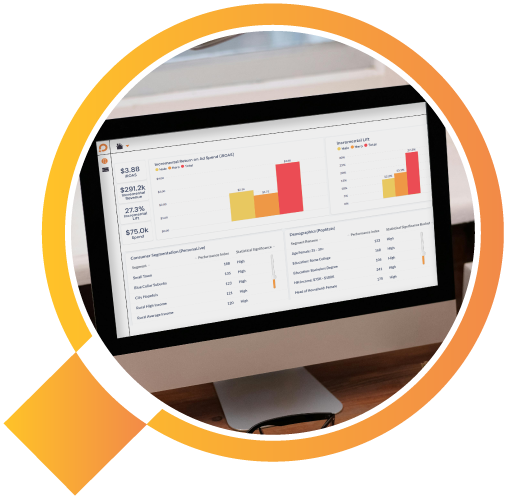




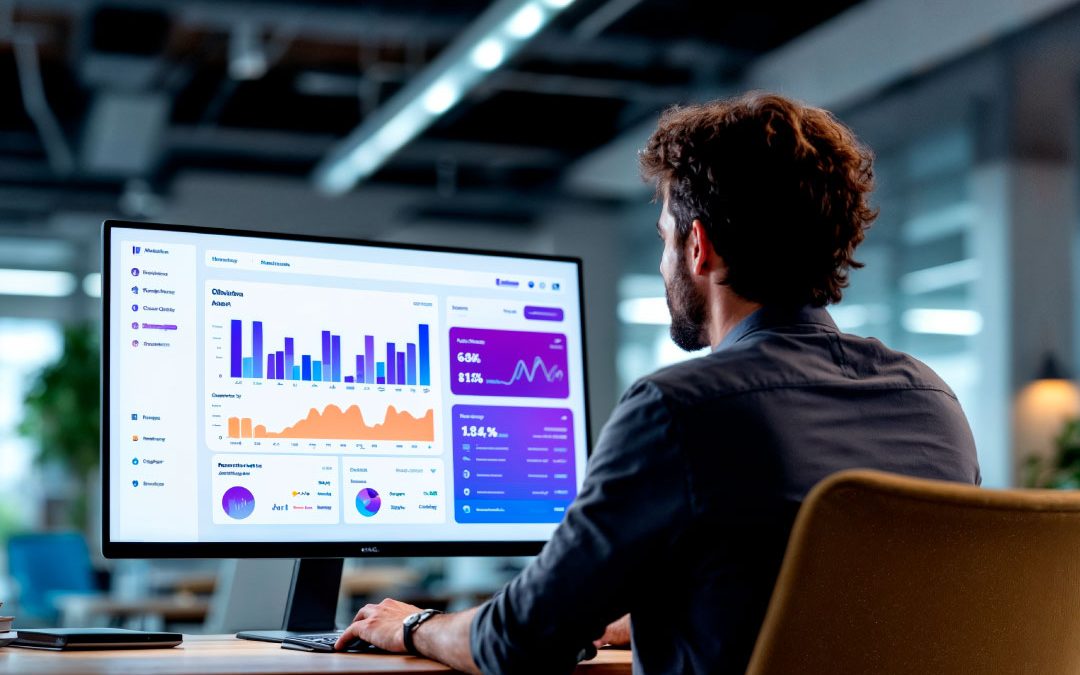
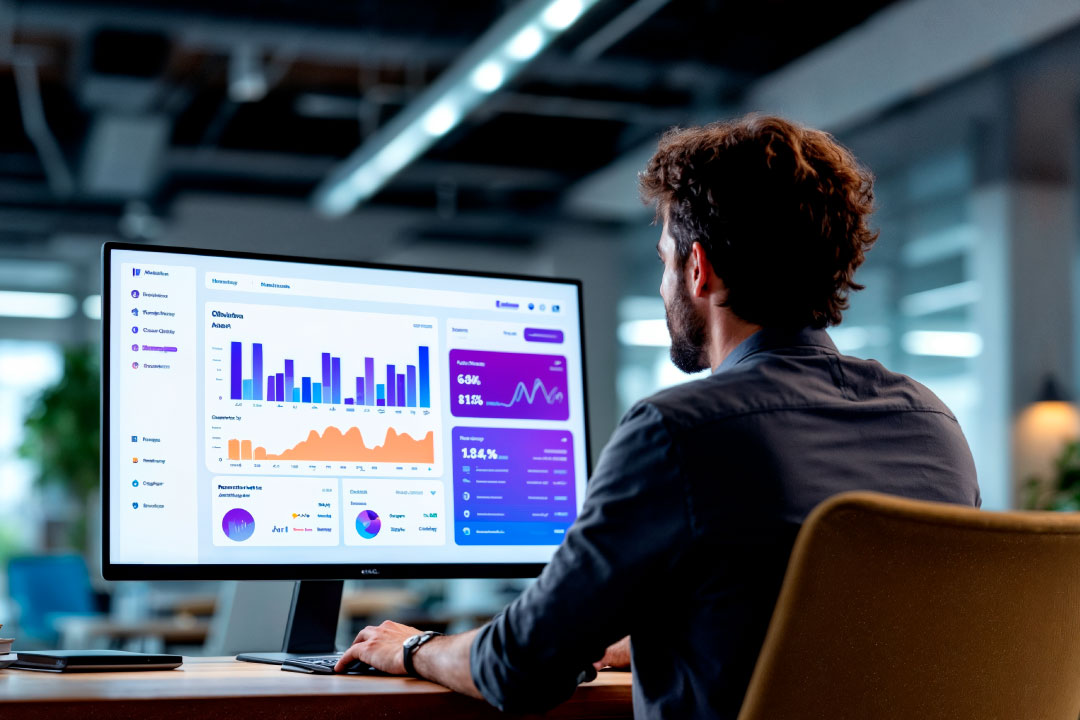
 By Sumi Mukoyama
By Sumi Mukoyama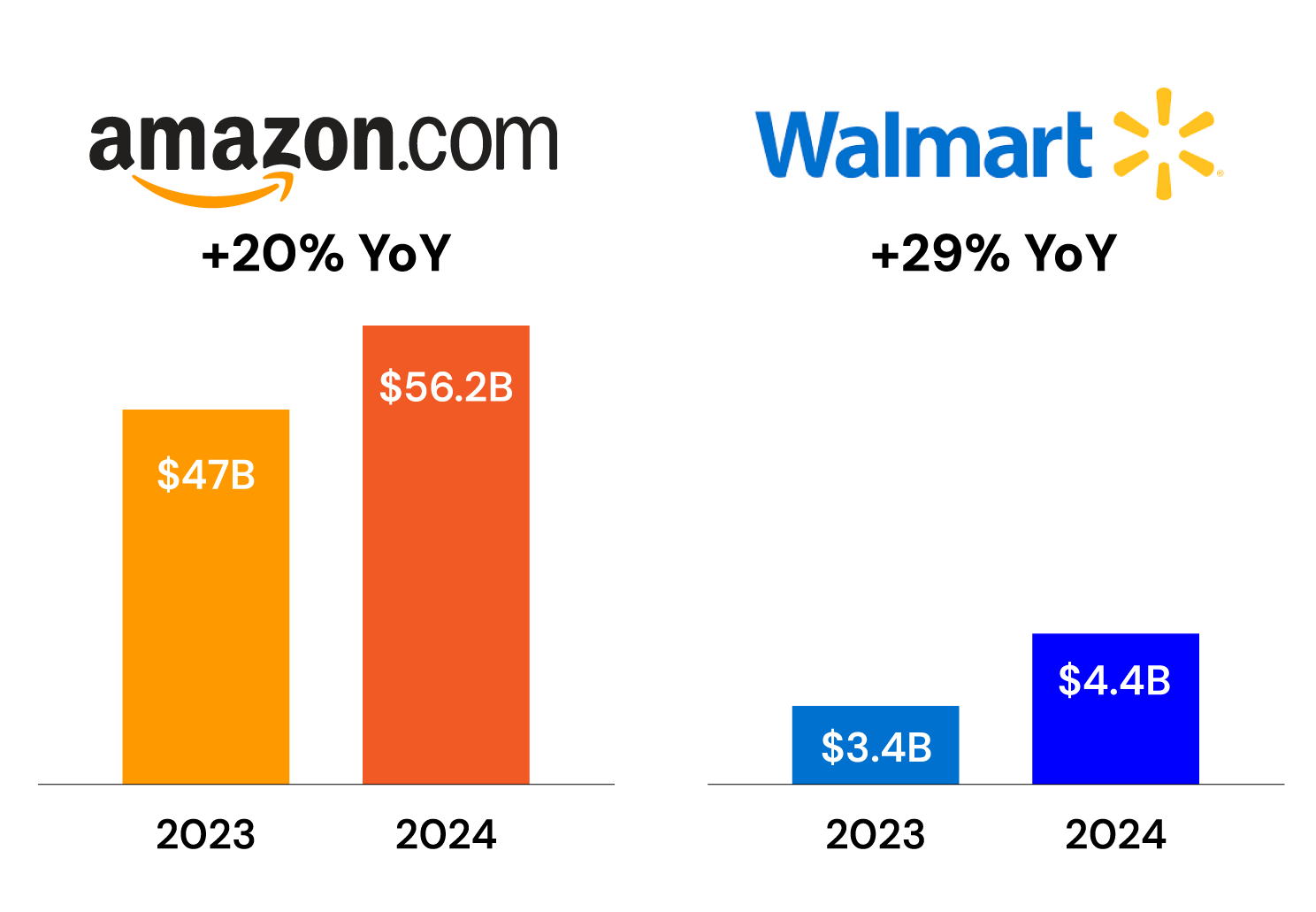



 By Brian Pozesky
By Brian Pozesky